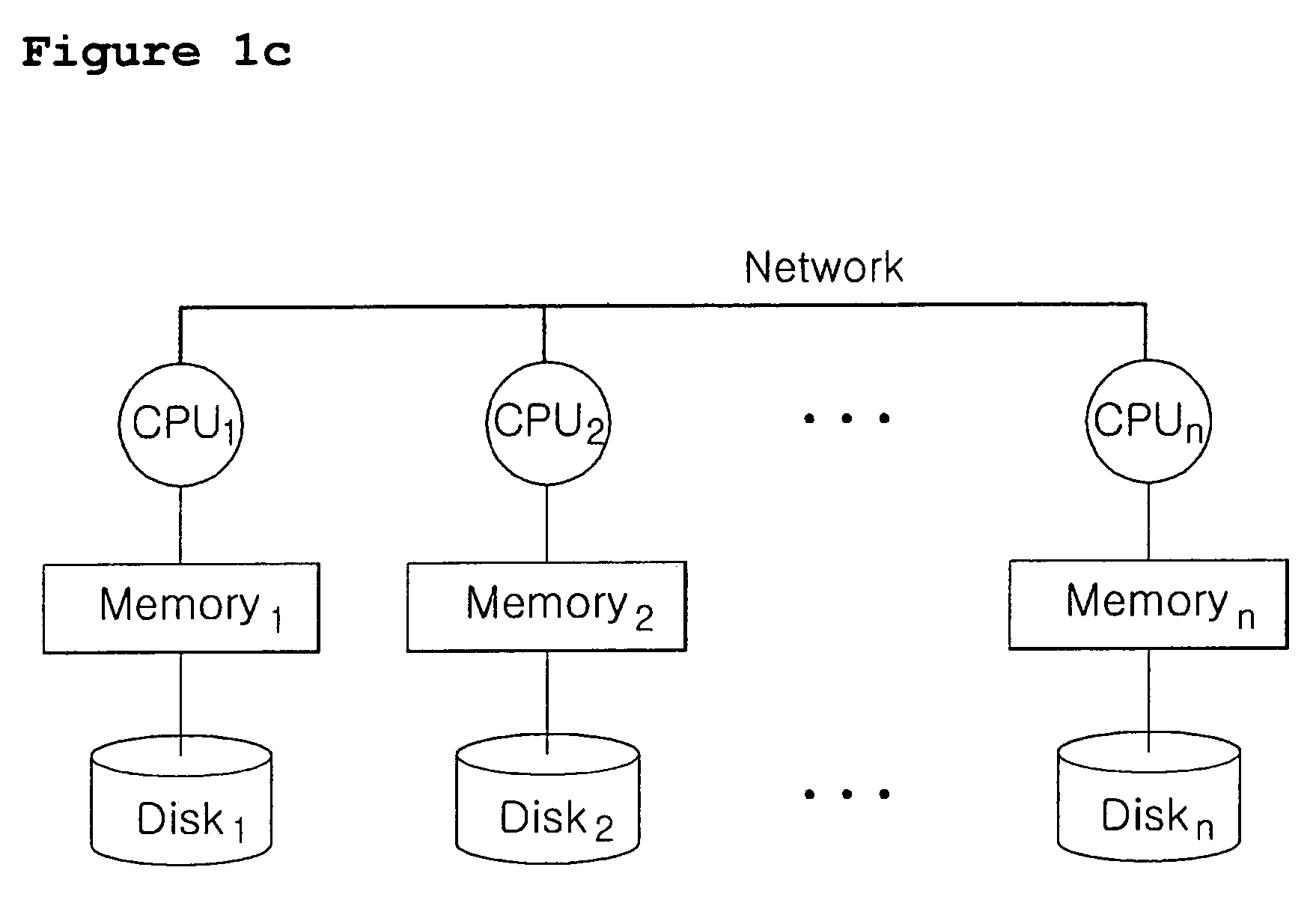Recovery method using extendible hashing-based cluster logs in shared-nothing spatial database cluster
a database cluster and cluster log technology, applied in the field of recovery methods using extendible hashing-based cluster logs in shared-nothing spatial database clusters, can solve the problems of increasing the load of update operations, affecting the availability of services, so as to shorten the recovery time of recovery nodes, reduce the number of cluster logs, and reduce load
- Summary
- Abstract
- Description
- Claims
- Application Information
AI Technical Summary
Benefits of technology
Problems solved by technology
Method used
Image
Examples
Embodiment Construction
[0048]Hereinafter, embodiments of the present invention will be described in detail with reference to the attached drawings. The following embodiments are only illustrative examples of the present invention, and the present invention is not limited to the following embodiments.
[0049]In the present invention, cluster logs are required to recover cluster configuration in a database cluster and are generated separately from local logs required to recover individual nodes. If a failure occurs in a node, other nodes in a group generate cluster logs. Each node independently records cluster logs in a master table corresponding to the node.
[0050]Further, a duplicate table of another node having a duplicate of a master table existing in the failed node is selected as a temporary master table. The temporary master table functions as a master table until the failed node completes recovery. A recovery node denotes a node that has failed, receives cluster logs from other nodes in the group and p...
PUM
 Login to View More
Login to View More Abstract
Description
Claims
Application Information
 Login to View More
Login to View More - R&D
- Intellectual Property
- Life Sciences
- Materials
- Tech Scout
- Unparalleled Data Quality
- Higher Quality Content
- 60% Fewer Hallucinations
Browse by: Latest US Patents, China's latest patents, Technical Efficacy Thesaurus, Application Domain, Technology Topic, Popular Technical Reports.
© 2025 PatSnap. All rights reserved.Legal|Privacy policy|Modern Slavery Act Transparency Statement|Sitemap|About US| Contact US: help@patsnap.com



